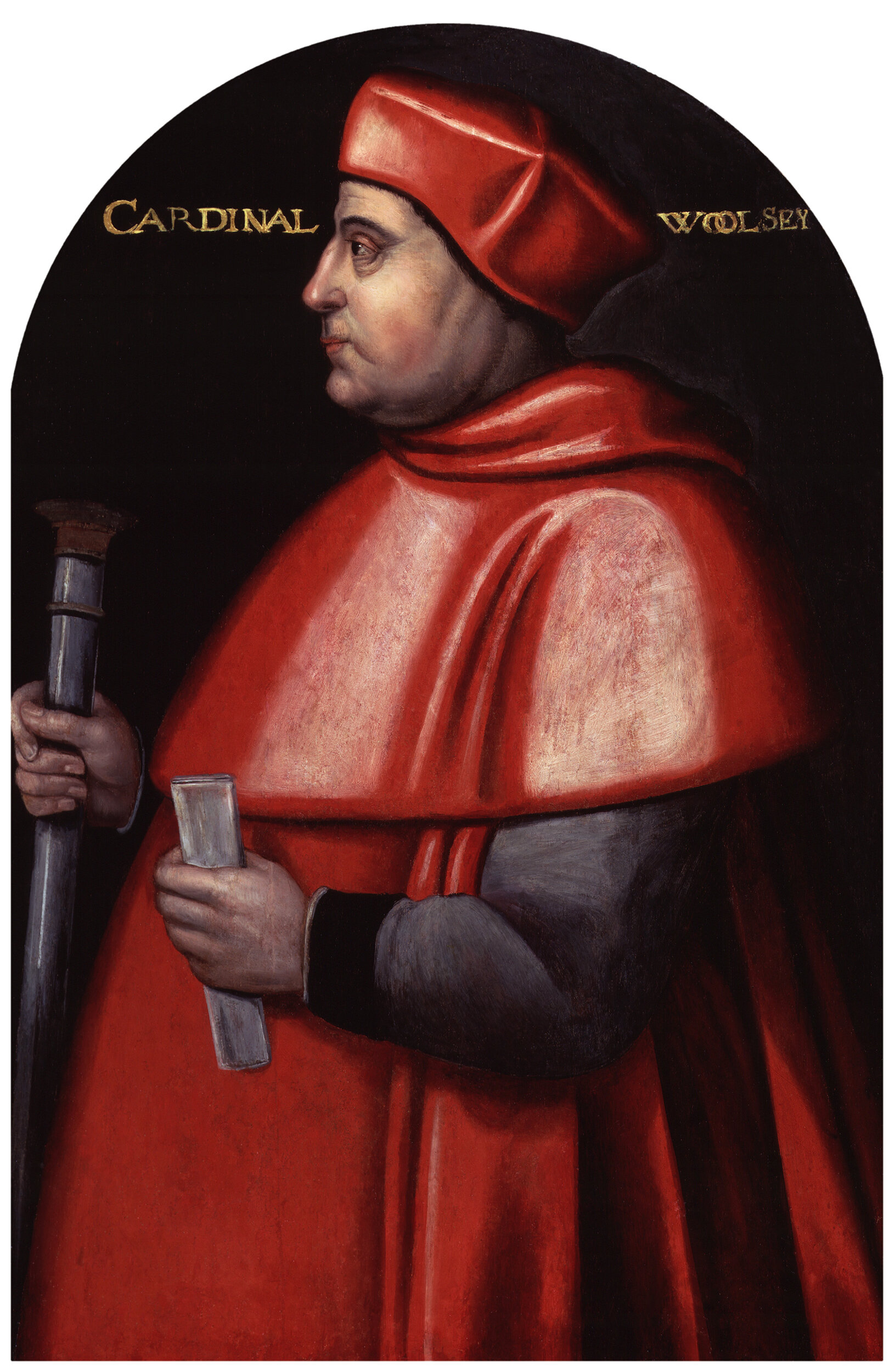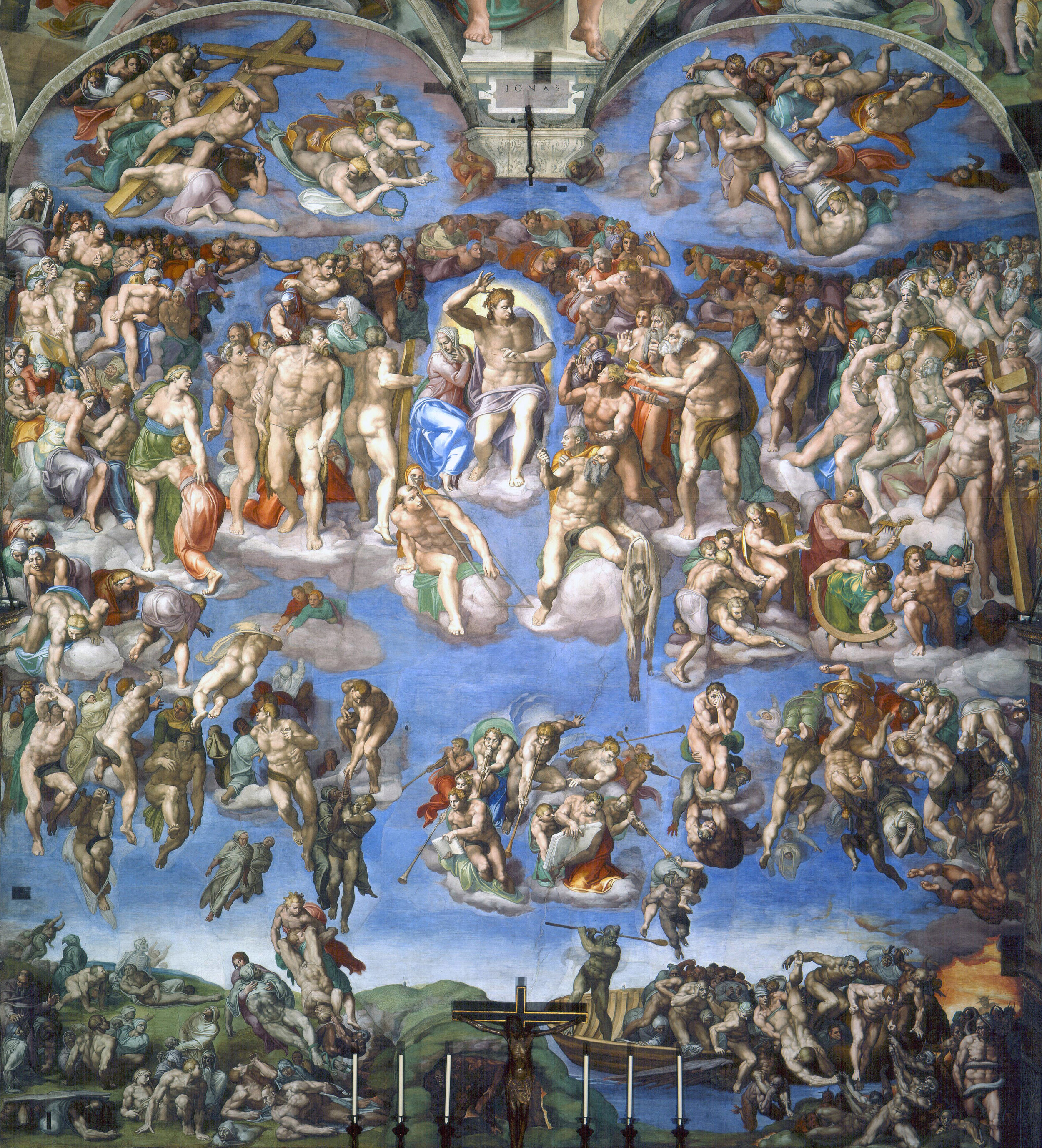Henry VIII: the king, his wife, his lover, the French
A ménage a trois: was Henry more interested in ‘getting into bed’ with the Pope and the French king he called his ‘brother’, than with either Anne Boleyn or Queen Katharine? As it were. We discover that Henry’s foreign policy has a lot more to answer for than we thought.
‘Divorced, beheaded, misunderstood’
Recent research is shining surprising new light on Anne Boleyn, and Henry VIII’s motives for the break with Rome
After years of negotiation and confrontation, Pope Clement VII was heard swearing unpapally over Henry VIII’s divorce. And no wonder. The history of Henry’s pope is a murky tale of code-breaking and ruthless sieges that involves Michelangelo and Machiavelli and a great deal of double-dealing. Pope Clement was trapped between a rock and a hard place: the only way to save his Medici family’s city of Florence was to refuse Henry his divorce and split Christendom.
In 2010 a document from 1527 was found in which Henry admits to the pope that he is sleeping with the woman he wishes to marry instead of, or as well as, his Spanish wife Katherine. Very little of the traditional story can be believed. It’s Katherine who matters in the story of Henry’s Reformation, not Anne.
Did Henry break with Rome in order to seize power over the wealthy, ubiquitous church in England? We find that the dates don’t add up. Instead we look at why in June 1525 Henry promoted his illegitimate son Henry Fitzroy over the head of his heir Mary. And why Charles V broke off his engagement with 9 year old Mary to marry a Portuguese princess instead.
1527: The pope is a prisoner of the marauding Spanish in Rome and yet Henry sends his man Knight on a madcap mission to ask Pope Clement VII for permission to marry a young woman he is already sleeping with. It’s the first of a whole series of crazy errands, asking the pope for the impossible. Does Henry have a hidden agenda?
31 May 1529: Faced with France and Spain doing a deal and leaving England in the lurch, Henry races against time to begin his divorce trial in London, and then pulls the plug just before a verdict is reached. Meanwhile the pope and his cardinals are double-crossing each other.
In a dynamite French document from August 1530, still overlooked by historians, the King of France offers to send troops to England to defend Henry VIII against the Spanish. No French government before or since has ever promised to send troops to defend England. Does this explain Henry’s sudden move in August 1530 to go on the offensive against Rome and the clergy in England?
The Ambassadors painting by Hans Holbein reveals the French horror at Henry’s decision in January 1533 to defy the pope and get remarried to a pregnant Anne Boleyn. But since Henry couldn't get an annulment he had no choice. No big-time European princess would marry him. With the Spanish seriously weakened by war, Turkish invasion and protestant revolt in Germany, and Henry’s French allies now needing him more than he does them, Henry’s long game to get the Pope on side against the Spanish is now in extra time. Henry is free to make himself head of the Church in England. See the painting at the National Gallery, London.
Most of what we think we know about Anne Boleyn turns out to be later invention, with no historical basis. We argue that she was a MacGuffin: she was necessary to the way things turned out for Henry, but unimportant in herself. We’re not even sure he was in love with her.






There have been, of course, dozens of biographies of Henry VIII. But history changes fast.
If it’s since-forgotten details you’re after then you can plunder much older texts, perhaps beginning with Pollard’s Henry VIII of 1913.
JJ Scarisbrick’s huge 1968 biography of the king has stood up well and is a fine go-to book for the basic narrative. He sees Henry bungling and stumbling but always heading towards the split with Rome.
The most exciting recent work comes from GW Bernard in his heavyweight King’s Reformation (2007) and more popular Anne Boleyn, Fatal Attractions (2010). Bernard takes a fresh look at the sources and his approach seems, for now, the most obvious way of interpreting them. His essay in Betteridge and Lipscomb (2013) sets out the kernel of his case, that Anne slept with Henry from the start and had little influence on the King’s campaign against Rome.
The reinterpretation of the annulment process itself begins with Peter Gwyn’s The King’s Cardinal (1991), which cleared away the anti-Catholic rubbish that had for generations collected around Wolsey, and recounts the campaign with new detachment. It is, be warned, a very long book
Read it together with Christopher Haigh’s English Reformations (1993), in its day also a break-through work because of its not-anti-Catholic viewpoint.
Diarmaid MacCulloch’s many books on this period have enormously increased our knowledge.
Philip Campbell’s ‘Canon Law of the Henry VIII Divorce Case’, a senior thesis presented to the Faculty of the Social Studies Department of Madonna University (2009) is, for all its Catholic provenance, as clear an account of this difficult subject as you can find. It is on-line here.
To all of these you must add Catherine Fletcher’s The Divorce of Henry VIII (2011), a rollicking and finely researched account of our men in Rome that adds innumerable new details and colours and confirms just how far Pope Clement would (and would not) go to help Henry.
Our understanding of the context of Henry’s court has been transformed in the last twenty years.
For example, Diarmaid MacCulloch’s The Reign of Henry VIII (1995) contains ground-breaking essays on Henry’s theological team and on Henry’s relationship with Protestantism.
John Guy’s work on imperium remains key and is most easily found in his essay in John Morrill’s Oxford Illustrated History of Tudor and Stuart Britain (1996).
Thomas Betteridge and Suzannah Lipscomb’s Henry VIII and the Court (2013) is a great example of modern forensic history, examining an institution in its details. Barbara Harris’s revealing chapter on the ladies at court appears in her English Aristocratic Women (2002) and puts the whole affair between Henry and Anne in a new light.
Anne Boleyn has captured historians’ imagination, perhaps because of the way her character has evolved in film and TV.
Eric Ives’s biography is full of good sense and good reading, supported with scholarly apparatus. He also wrote a number of thought-provoking articles for History Today. Read alongside Bernard’s Fatal Attractions.
Lacey Baldwin Smith’s brief biography (2004) repeats much of the material from his earlier Henry VIII – often titbits he alone seems to have picked up.
Susan Bordo is a journalist and her Creation of Anne Boleyn (2013) is written in a jokily conversational style. But her central point is excellent, that Anne has been recreated many times - and in our own times more than most - and her historical details are good.
Alison Weir’s biography is full of colourful stories, although her interpretation is entirely traditional and her footnotes revealingly unrevealing. Put it on your shelf next to Pollard.
Giles Tremlett’s Katherine of Aragon (2010) adds a great deal from neglected Spanish sources and is the best modern biography.
Garrett Mattingly’s excellent and almost completely neglected Catherine of Aragon (1942) is, amazingly, still the go-to academic biography on Henry’s queen. Add to that the fine new research by Michelle Beer in Queenship at the Renaissance Courts of Britain. Catherine of Aragon and Margaret Tudor, 1503-1533 (2018).
Finally, Mark Rankin and others’ Henry VIII and his Afterlives (2009) is a fun survey of Henry’s switch-back reputation since his death. Tatiana String’s account of Henry’s codpiece is particularly unexpected.
There is an enormous number of documents to read.
Henry’s love letters were published by John Luce and Company in 1906 and are on-line here.
Above all, the Calendar of Letters and Papers Domestic and Foreign, a catalogue which includes long extracts from thousands of pages of official documents for these years, is on-line here. It’s where most historians have found their material about the king and his campaign.
Finally, if you are exceedingly brave and have sixteenth century French, Rémy Scheurer’s La correspondance du Jean du Bellay (1969) is a goldmine many historians of the period neglect. Some of du Bellay’s letters have been translated in the State Papers, mostly accurately, occasionally not.


